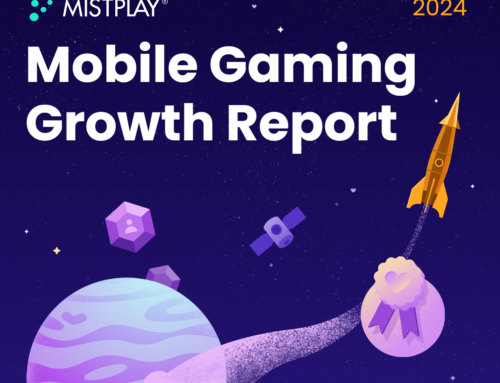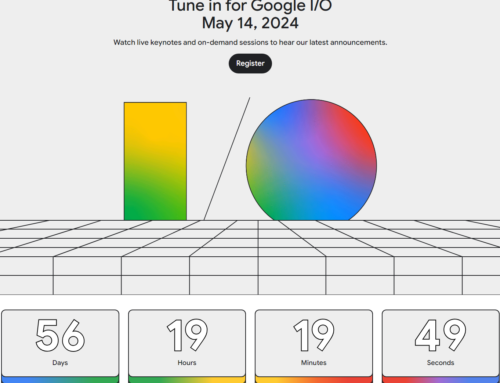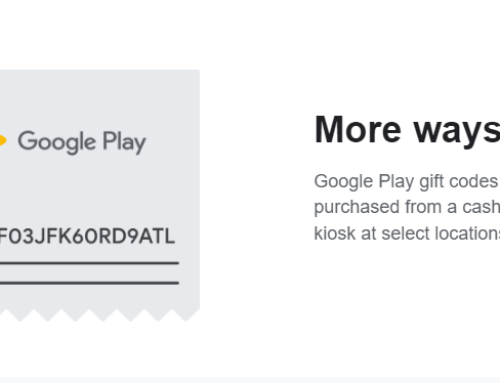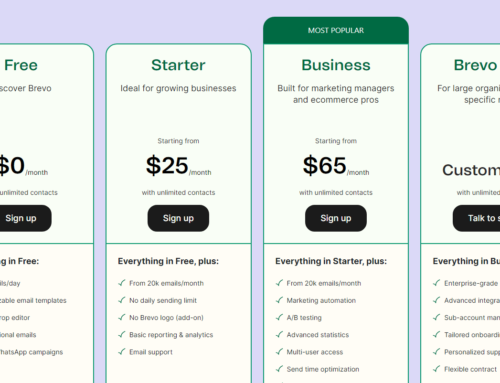Another year, another game dev summit from Google. On March 12, 2024, Google’s digital game dev summit took place. It was an excellent sort-of-webinar for those interested in hearing out what Google has to offer for developing Android games and promoting them. If you’ve missed it, don’t worry, as they’ve posted a YouTube recap of the game dev summit, which I highly recommend listening to:
The main takeaway from this? Obviously AI here, AI there but I’d say don’t jump the Gemini AI bandwagon yet, until they tackle those “rave” negative reviews on how they are being too pro-woke.
So what’s the recap about? Here’s some of the most important aspects they covered:
Google’s generative AI tools for games
Yes, of course the transformative role of generative AI in gaming was the main focus of the discussion. Now devs have access to Gemini for Google Cloud, so basically they’d be able to streamline code and asset generation as well as create intelligent NPCs in real-time – not sure what the involved costs would be, as you’d also use storage + AI processing power. Furthermore, there are AI-powered solutions like app campaigns that game devs can use for acquiring new users. Don’t think anything groundbreaking, basically AI would help optimize creative assets based on the targeted platform.
It’ll be easier for fans to promote your games on YouTube
Long are the days where game promotion = advertising. Now it’s word of mouth, a noticeable chunk being videos of your game posted on YouTube. So influencers are here to stay, unfortunately. Anyway, as a game dev you can’t overlook the importance of YouTube in promoting your game via fan-videos. Google unveiled YouTube’s new remix tools, which allow fans to creatively engage with game trailers and foster viral word-of-mouth marketing. So they’ll use your own trailer to remix it and propagate through their channels. Sounds neat, can’t wait to see the result. Btw, they mentioned that every minute there are well over 500 hours of content uploaded to YouTube. Holly mother of streaming costs, no wonder they started a war on adblockers.
Google Play game services
Google Play is trying to enhance game experiences for players through engagement, rewards and cross-device compatibility. That’s why game devs should integrate Game Services, because this way game progress can be kept in sync across devices, increasing user engagement. For the rewards part, they’ve introduced features like Quests and enhanced store listings.
Google Play Pass and Play Points
Google Play Points is now available to new markets, including Brazil. This helps with player engagement and loyalty, so it’s good to integrate it as well. Google Play Pass (which I passed on, sic!) basically includes a curated catalog of premium titles that all subscribers have free access to. Granted, Google will get most of the money, but you’d get a share too based on how many subscribers choose your game. And the best part is that if your game is accepted in Play Pass, you’d get much more exposure.
Google Play Games on PC
Google Play Games on PC has expanded to over 140 countries, providing developers with an opportunity to reach a global audience and increase playtime. But playing Android games on PCs can be challenging (performance-wise), that’s why they’ve made advancements in performance optimization through the Android dynamic performance framework and Vulkan graphics API. This should improve the gaming experience on PCs as well. Key takeaway from this? Onboarded devs are seeing up to a 30% uplift in playtime with Google Play Games on PC.
Google Cloud and the future of live service games
The shift towards live service games seems to be industry norm at least among the top grossing games that rely on it for revenue generation. To be more precise, 95% of game studios are investing in live service games and Google Cloud provides the infrastructure and solutions to empower immersive player experiences that use cloud services. AI + Google Cloud can offer dynamic player interactions and personalized individual experiences.
AI for advertising
Google Ads now offers AI-powered advertising solutions designed to amplify user acquisition & retention. Uplift Experiments and AI-generated creatives are the two current ways game devs can use to test if AI can help improve ad spend return. Oh and Google AI-powered smart bidding strategies, which supposedly can help you save money while gaining more users…
Targeted return on ad spend (tROAS)
Exactly what the industry needed, yet another acronym that sounds like a missile guiding system. Google’s tROAS bid strategies enable developers to optimize campaigns for maximum return on investment by predicting the value of in-app actions or ad revenue. Leading game studios like LessMore and Supercent use these to drive higher average revenue per user..
They also have improved app campaigns for engagement (ACE) to help developers reengage users that forgot about your game. Automated ACE setup simplifies campaign creation by suggesting settings based on reengagement goals, with features like reaching users that uninstalled the game.
What players “love”, smarter ads
There are more real-time bidding sources now, such as Unity Ads and ironSource Ads, which devs can reach via AdMob.
Oh and there are also “immersive ads”, an ad format designed to seamlessly integrate into game environments without disrupting the player experience. Really Google? Wanna’ bet it’s not going to disrupt the player experience? Is it sort of like those full page intrusive ads on desktops that you call Vignette to sound less intrusive? Guess we’ll see.
Anyway, the video is worth your time if you’re an Android game dev, simply because it might give you a tiny edge in comparison to other devs that aren’t watching it.




